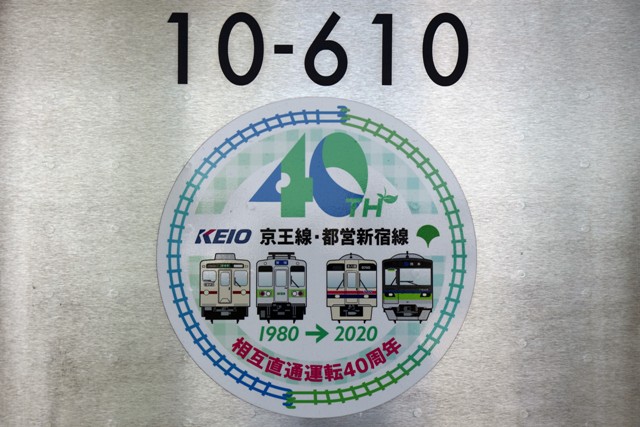Kawagoe is a historic city in Saitama Prefecture, about 40 kilometers northwest of Tokyo. There are many old houses, shops, and ex-local government offices along the streets in the downtown area. To get to Kawagoe from Tokyo, we can choose from three routes, namely the JR East-Kawagoe, Seibu-Shinjuku, or Tobu-Tojo lines. I recommend you take the Tobu-Tojo line, as it takes only 26 minutes from Ikebukuro terminal by "Kawagoe Express".
On February 12th, 2019, Tobu Railway launched a special poster train named "Ikebukuro-Kawagoe Art Train" on their Tojo line. The purpose of this poster train was to promote tourism to the sightseeing spots in Kawagoe City. Tobu offered one set of their 10-car train, 51092F of the EMU 50090 series, for the poster train. A young spirited Japanese-style painter, Koyano Yuuki, designed the bodies of the train. We can see many of Kawagoe's historic places, foods, and goods in the design. It's very colorful. Specifically, I like "Ai-tai (Love Bream)," which is a fortune imitating a red-colored sea bream in Hikawa Shrine. It's said that Ai-tai brings love to the person drawing the fortunes.
Incidentally, the EMU 50090 series was launched in 2008 as a sister train of the 50000 series. A total of six sets (60 cars) were built by Hitachi. One of the features of this train is its multi-purpose seat, which the conductor can change from long to cross seats using a remote control. It's similar to that of the Keio 5000 series.
On February 12th, 2019, Tobu Railway launched a special poster train named "Ikebukuro-Kawagoe Art Train" on their Tojo line. The purpose of this poster train was to promote tourism to the sightseeing spots in Kawagoe City. Tobu offered one set of their 10-car train, 51092F of the EMU 50090 series, for the poster train. A young spirited Japanese-style painter, Koyano Yuuki, designed the bodies of the train. We can see many of Kawagoe's historic places, foods, and goods in the design. It's very colorful. Specifically, I like "Ai-tai (Love Bream)," which is a fortune imitating a red-colored sea bream in Hikawa Shrine. It's said that Ai-tai brings love to the person drawing the fortunes.
Incidentally, the EMU 50090 series was launched in 2008 as a sister train of the 50000 series. A total of six sets (60 cars) were built by Hitachi. One of the features of this train is its multi-purpose seat, which the conductor can change from long to cross seats using a remote control. It's similar to that of the Keio 5000 series.
Official promotion movie, Ikebukuro-Kawagoe Art train, Introduction:
Official promotion movie, Ikebukuro-Kawagoe Art train, Artist:





















